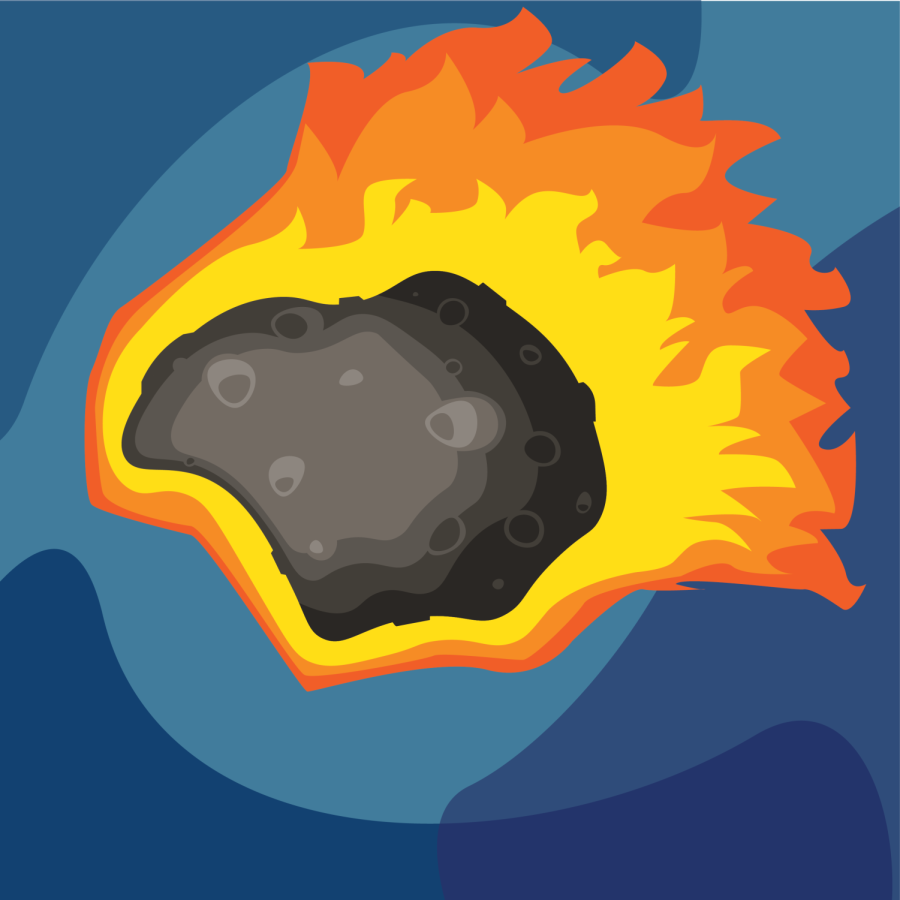Eyes to the skies for the top astronomical events of 2023
Keep your eyes trained towards the sky this year for some astronomical events, ranging from meteor showers to a solar eclipse.
There is often some confusion between astrology and astronomy. According to Merriam-Webster, astronomy is “the study of objects and matter outside the earth’s atmosphere and of their physical and chemical properties.” Astrology is a more metaphysical science, focusing on the influences stars and planets have on human actions.
This year has some astronomical events lined up, and some that have already passed.
The ‘green comet’ passed by Earth for the first time in 50,000 years and was its brightest on Jan. 31 and Feb. 1. But, it will still be faintly visible with the naked eye until the second week of February.
On March 1, it will seem that Venus and Jupiter are touching each other, making them easier to spot. Viewers will only need binoculars or a telescope if they have one to see both planets at the same time.
June will hold both the summer solstice and conjunction. Though, viewers will be able to see Venus and Mars on the same astronomical line. On June 21, Venus, Mars and the moon will form a triangle in the sky. They will be shining so bright that viewers will need no assistance to see.
Mid August will hold the Perseid meteor shower, with the peak showing 100 meteors per hour. The peak will be the night of Aug. 12, but the meteors will be visible from July 14 to Sept. 1.
Also in August, is the Saturn opposition, in which Earth will be perfectly between Saturn and the sun. This is when Saturn’s orbit is closest to Earth, and will be visible with the naked eye. This event occurs Aug. 27.
Finally, on Oct. 14 there will be the “Ring of Fire” solar eclipse. The Earth, moon and sun are all in alignment. As the moon moves in front of the sun, a reddish-orange aura will be cast on the edges of the moon.

Maleah Evans is the summer news editor for The Sunflower. Previously, Evans served as the arts and culture editor in the 2024-2025 year. Evans is studying...

Sascha Harvey is an illustrator/designer for The Sunflower. A senior majoring in graphic design, this is Harvey's fourth year on staff. He's previously...













